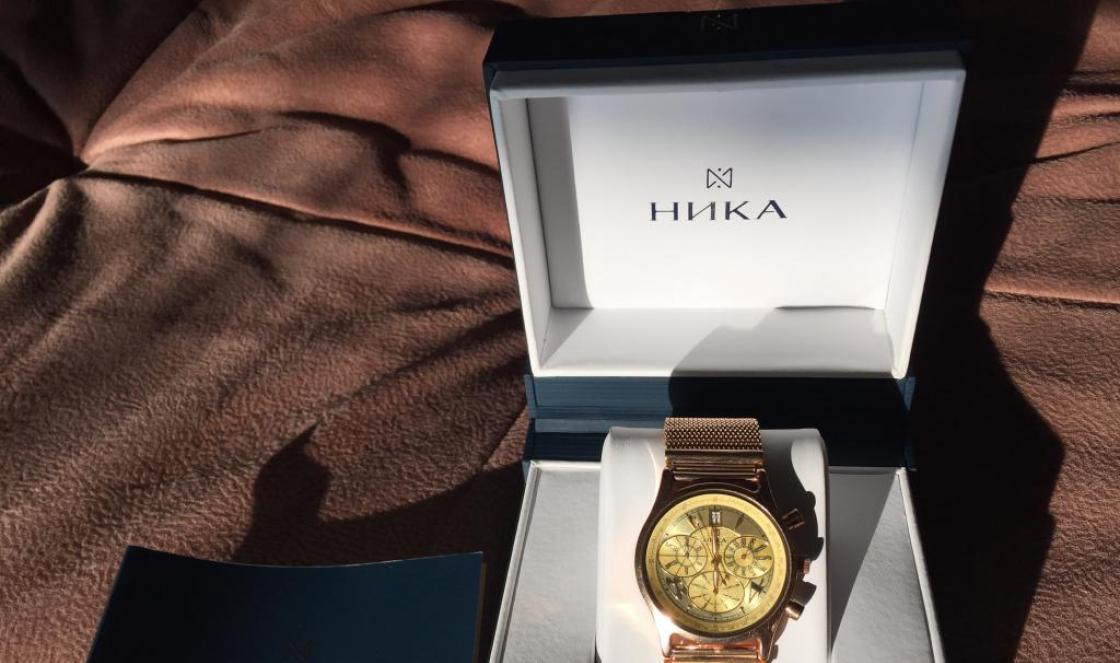Sliding loop.
Before you cast on the loops, you need to make a sliding loop; it will be the first loop in the cast-on row.
1. Take the thread from the ball and cross it so that a loop is formed.
2. Insert the end of the knitting needle into the loop, grab the thread coming from the ball and bring it back through the loop.
3. Now we have formed a loop on the knitting needle and a weak knot.
4. Pull both ends of the thread tightly while pulling the loop on the knitting needle.
5. Check that the loop on the knitting needle is tight, but still slides freely along the knitting needle.
6. Leave the end of the thread approximately 10-15 cm long so that you can use it to sew the edges. Perhaps your instructions - description may indicate a different length to make seams, etc.
How to hold knitting needles and thread.
You can knit equally with both your left and right hands, i.e. the thread from the ball will be either on the fingers of the right hand or on the fingers of the left. This is where two knitting methods arose: “English” (working thread in the right hand) and “Continental” (working thread in the left hand). Choose the method that is most convenient for you.
"English style"
1. Wrap the thread around the fingers of your right hand so that the thread is taut but the hand is relaxed. This is necessary so that the thread slides freely during the process of knitting loops.
2. You can try this method of holding the thread, but make sure that the tension of the thread between your fingers is not too tight and not too weak.
3. When you hold both knitting needles in your hands, the right knitting needle will be the leading one, but at the same time, the right index finger will wrap the thread around the right knitting needle each time you knit a stitch.
"Continental style"
1. Wrap the thread around the fingers of your left hand in any way that suits you. Make sure that the tension is sufficient and the thread slides.
2. In this technique, we wrap the thread twice around the index finger.
3. We hold the knitting needle with unknitted loops in our left hand, and the leading knitting needle in our right hand. When knitting, the working thread is constantly on the left index finger, with the tip of the right knitting needle we grab the working thread and pull it through the loop on the left knitting needle.
A variation of the continental style.
Continental style allows you to knit easily and quickly, ideal for garter stitch or for circular knitting stockinette stitch. Because The tips of the knitting needles are involved in the work; choose knitting needles with sharp tips for this knitting method. If the knitting is weak, simply change the knitting needles to a smaller size.
To knit and purl stitches this way, wrap the yarn around your left little finger and then over your fingers.
Face loops.
1. Place the working yarn over the index finger of your left hand, and use the pad of the middle finger of your left hand to press the yarn against the left needle, slightly above the first stitch.
2. Insert the end of the right knitting needle into the loop, pick up the thread held by the middle finger and pass it through the loop, remove the knitted loop from the left knitting needle.
3. At the end of the row, the working thread remains on the fingers of the left hand. Now place the left knitting needle in your right hand, and the right knitting needle in left hand to start knitting the next row.
Purl loops.
1. Hold the thread as described above for knit stitches. Holding the end of the left needle with your index and middle fingers, insert the end of the right needle into the purl stitch. Move the right knitting needle towards you in a circular motion, and then back, wrap the tip with the thread.
2. At the same time, with the index finger of your left hand holding the thread, wrap it around the right needle, while remembering to hold the loop on the left needle with your finger.
3. Move the right needle downwards, pick up the thread and pull it through the loop on the left needle. Remove the knitted loop from the left needle.
How to correct the position of twisted loops.
1. If the back wall of the loop is closer to the end of the knitting needle than the front, then such loops are called “twisted” (most often this happens when you pick up the loops dropped during knitting onto the knitting needle behind the back wall).
2. To correct a knitted loop, in the next row knit the front one behind the back wall. To fix a purl twisted stitch, purl it behind the back panel.
Good afternoon.
Today I will show you what this symbol means in crochet patterns.
So in Japanese magazines in knitting they mean amigurumi ring . It is often called - Japanese or sliding loop . Usually this type of loop is used in knitting circular motifs so that there is no hole in the center. For example, in the middle or .
To make such a loop, wind the tip of the thread around your finger, as shown in the figure:

Then you need to put this double loop on the hook, grab the thread and pull it through the loop (as shown in the picture):

And now we once again pull the thread captured by the hook into the resulting loop.

In addition to drawings, I also made a photo master class on how to crochet an amigurumi ring.
1. Wind the thread around your finger

2. Transfer the loop to the hook, grab the thread and pull it through this ring

3. Throw the thread onto the hook again and knit a loop. Then we knit a single crochet



5. And we begin to tighten the loop by the tip of the thread. If the thread does not stretch well, do this in stages.
Pull one thread first

When knitting the starting loop (follow the link to view the process), you simply swap the working thread and the end of the thread on your hand. Then the loop will stretch from the end of the thread. We stretch the loop - we knit the required number of edge loops and stitches into it and tighten it tightly by the end of the thread. Be sure to secure the end itself to avoid stretching the loop.
1) We pinch the end of the thread with the index and middle fingers and turn the thread around the thumb.

2) Insert the hook into the resulting loop thumb and grab the working thread.

3) We pull the working thread through the loop on the finger and get a ring into which we knit all subsequent loops. After knitting the number of stitches we need, we pull the end of the thread and tighten it to the size we need. Be sure to secure the thread.

Let me give you an example of a flower knitted using a sliding loop - the inner ring is very tight and has no gaps due to the tightening of the loop.

For more detailed information, I bring to your attention a video with the knitting process:
Thanks to sliding loop there is no gap left in the ring, or the size of this gap can be controlled by yourself. It is very convenient to start knitting hats, socks with toes and other products with such a loop.
If you liked this material, share it with your friends on social networks. Thank you!
The so-called initial ring is used, into which the first circle of loops is knitted. It can be formed from a chain air loops or using a sliding loop. In some sources the sliding loop is called "sliding knot".
Sliding loop allows you to make an inconspicuous, tight and easily adjustable ring. A sliding loop can be obtained in several ways. Let's look at the simplest and most convenient of them.
Method 1
Place the free end of the thread on your left palm as shown in the photo. Place the working end of the thread over your index finger.
Insert the hook from right to left under the thread lying on the thumb.

Turn the hook clockwise.

Grab the thread with your hook and pull it through the resulting loop.
The result was a sliding loop. It is tied with the number of columns indicated in the diagram, and then tightened by pulling free end threads

Method 2
The first stage is the same as in the first method: place the free end of the thread on the left palm and throw it over the index finger.

Insert the hook into the resulting loop from below and grab the thread.

Pull the thread through the loop and tighten the knot. The result was a sliding loop.

Method 3
Wrap the thread around your index finger twice.

Remove the resulting ring and grab it with the thumb and middle finger of your left hand. Pick up the working thread with a hook and pull it through the ring.

Pick up the working thread again and pull it through the resulting loop:

Please note - in the first two cases the sliding loop is single, in the third - double.






